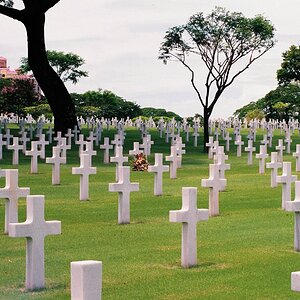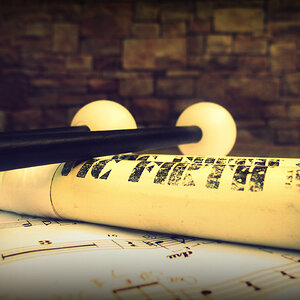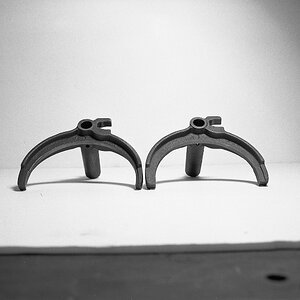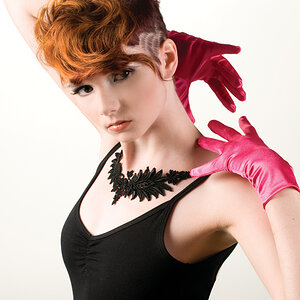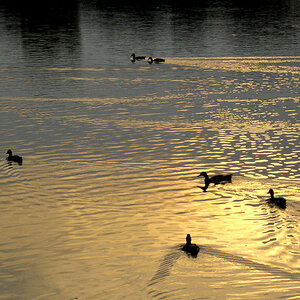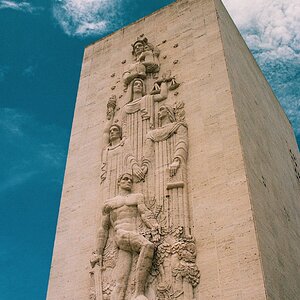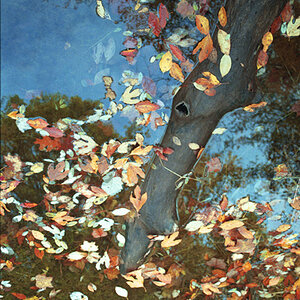AKUK
No longer a newbie, moving up!
- Joined
- Feb 1, 2015
- Messages
- 344
- Reaction score
- 266
- Location
- Kent, United Kingdom
- Can others edit my Photos
- Photos NOT OK to edit
With all 3 tubes stacked, it's probably pretty close at 200mm. Certainly will give you longer working distances and of course the added bonus that it's a 70-200mm for portraiture. Granted the weight may be an issue if you're not tripod mounted.


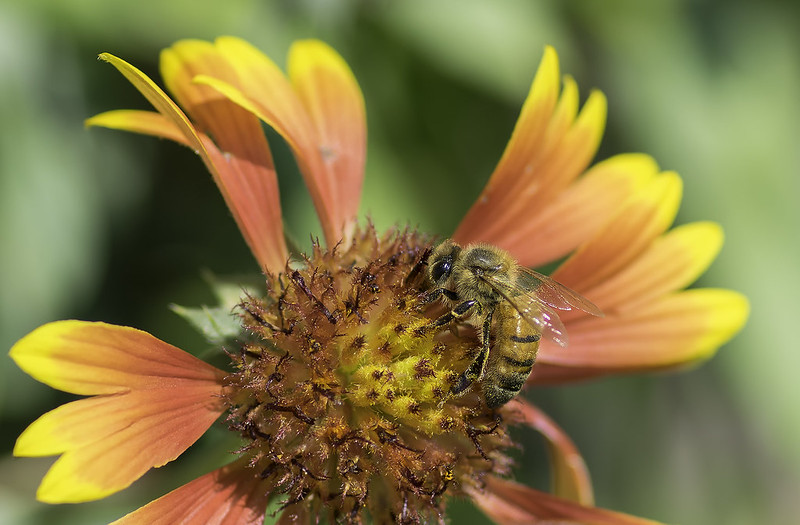 Quick-Bee
Quick-Bee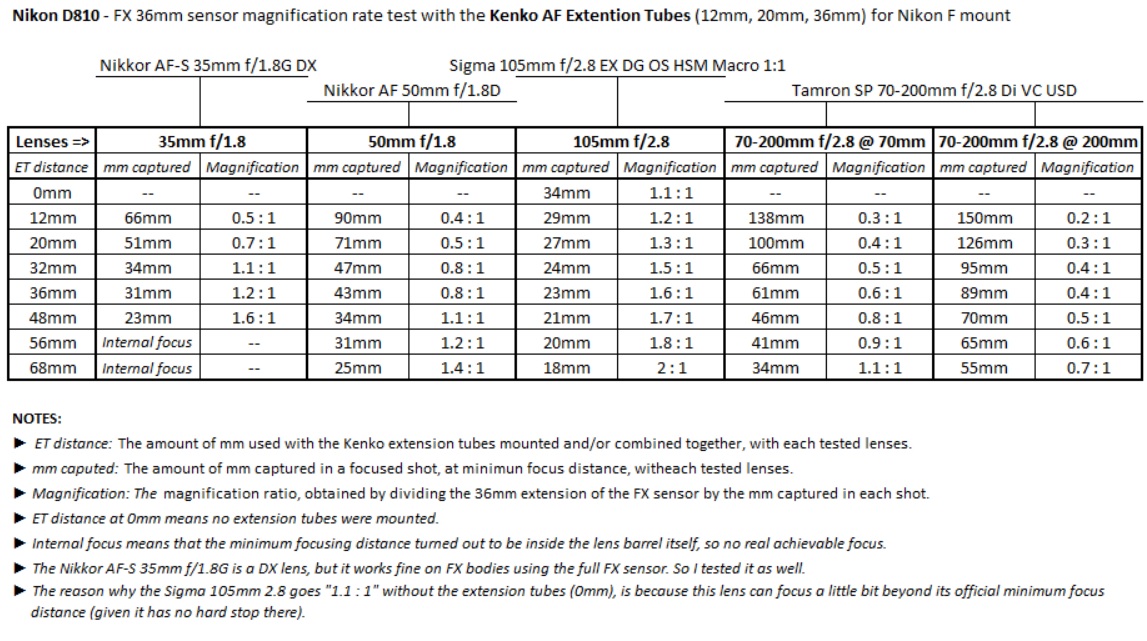
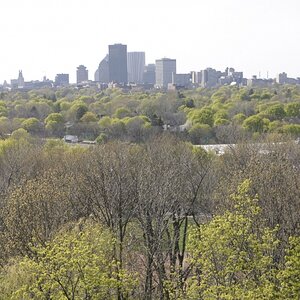
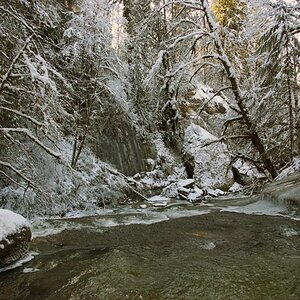
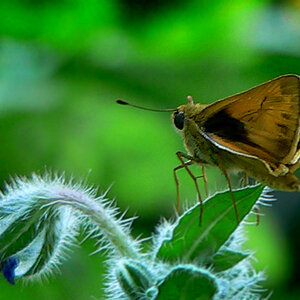
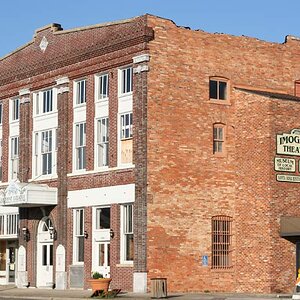
![[No title]](/data/xfmg/thumbnail/30/30870-c7febc7c14dc6447653c2ae2355ffc61.jpg?1619734488)
